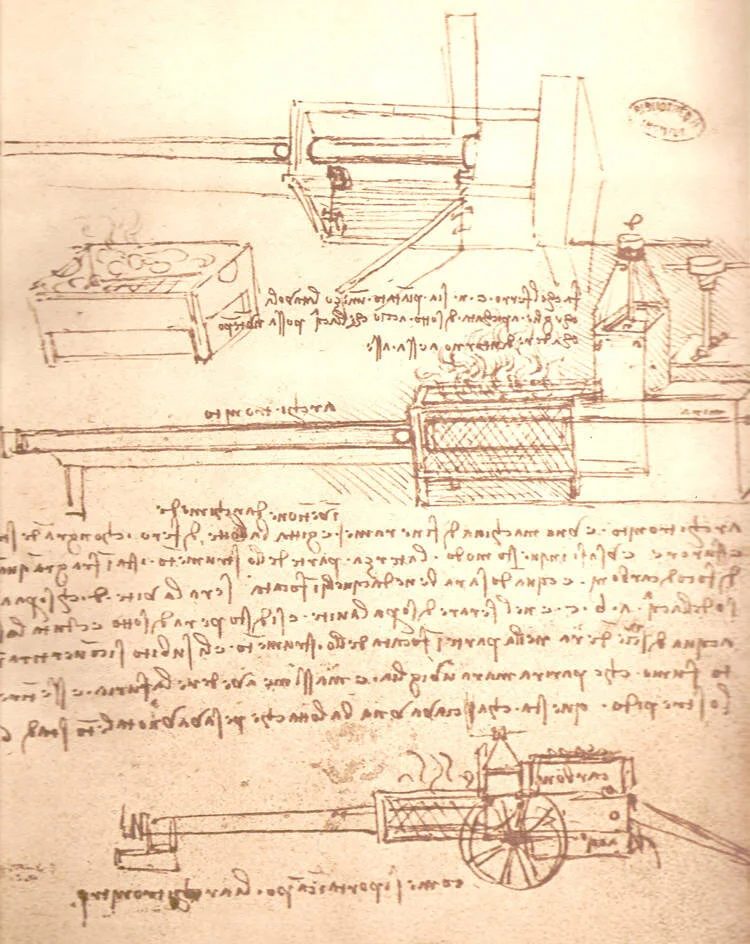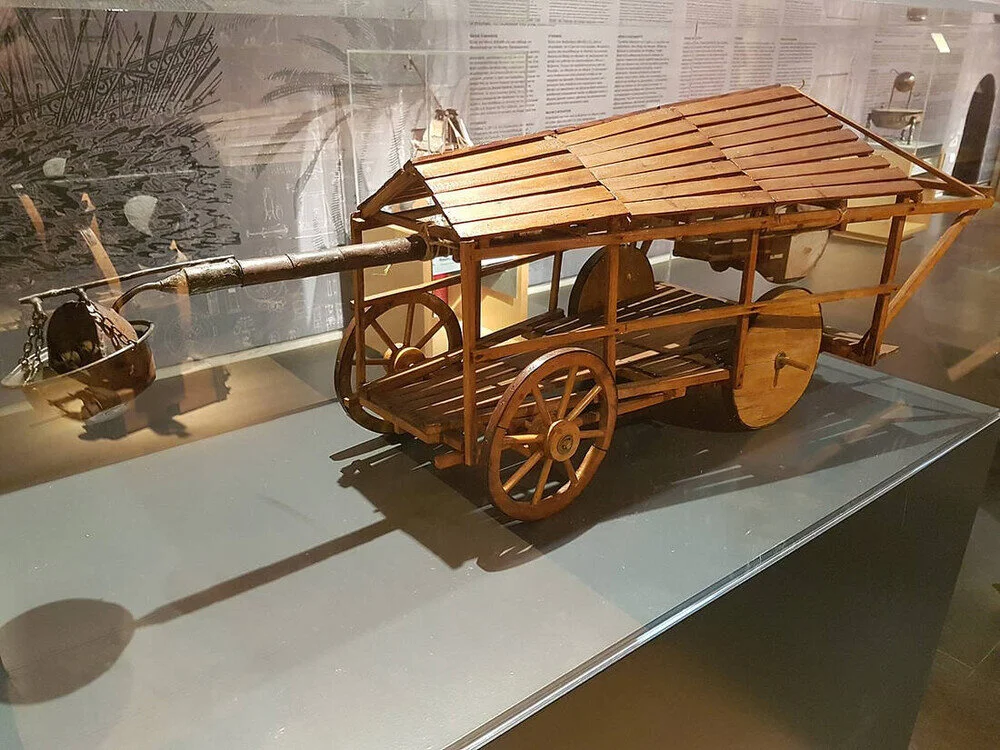If we agree with Homer, even the use of archers was a cowardly way of fighting, since they struck the enemy from the safety of distance and did not risk their lives in close combat.
If the arrows were poisoned, it was even greater cowardice. And yet even the brilliant Odysseus, who would not exactly be called a coward, put Penelope's suitors down with his poisonous bow!
The arrows were not natural weapons of mass destruction, but they pointed the way to be followed. And it was followed by many peoples from the beginning, one would say, of time. The Chinese and Indians did the same and even depicted them in their oldest written monuments.
Except that, it was not only weapons that were used on the battlefield, for ancient peoples also engaged in war tactics that would be considered modern inventions. And yet chemical and biological warfare are much older things.
We know, for example, that from at least 1500 BC, the Hittites sent sick people by the plague into enemy territory to spread the disease. Understanding epidemiology was probably the first use of a biological agent for military purposes.
And even though the chemical and microbial arsenal of the ancients were nothing compared to today's weapons of mass destruction, their use raised the same moral and political questions as today. Even the great warlord Hannibal is said to have catapulted hordes of serpents into enemy ships, another use of a weapon of mass destruction. Entire ships were useless without a fight.
Rats, wasps in tunnels and scorpions in caves and even animal carcasses in wells were recruited by the ancients to wipe out their enemies. And all this since the Neolithic Age! There was another weapon of mass destruction that had sprung directly from the human imagination. The Swamp.
The major generals used a series of tricks to force the enemy to stay in swampy areas and marshes for days at a time, as malaria was deadly ever since. The Athenians learned this in a difficult way, in their Sicilian campaign against Syracuse in 415-413 BC.
The general of Syracuse, Hermocrates, forced the Athenian Nikias, to camp on a plain outside the city walls, in a place where malaria was rampant. Those who escaped death and exhaustion were easily lost on the battlefield and became slaves in Syracuse.
Thucydides, Plutarch, and Diodorus attest that pinning the enemy in an infected area was one of the most common strategies of the time. And, of course, biological warfare with poisoned arrows, although that doesn't mean weapons of mass destruction. Just increased efficiency.
Hercules dipped his arrows in the deadly bile of Lernaean Hydra, which made them extremely deadly. Artemis, the goddess of the hunt, also threw poisoned arrows, and Paris killed Achilles with one of them. It wasn't mass destruction, but it was the most terrifying weapon of the Bronze Age.
A weapon of mass destruction in the modern meaning of the term was the widespread tactic of planting poisonous plants in the rivers and wells that supplied the enemy with drinking water. The tragic case of the mass murder of the inhabitants of Kirra by the Delphic Amfiktionia, who poisoned their water with hellebore, was a good example of this. Only the Greeks swore never to do again what they did in that dark moment of the First Holy War in 590 BC.
The great and pioneering theorist of martial arts, Aeneas Tacticus from the 4th century BC, did not describe the tactics of psychological warfare and deception of the enemy in the "Sieges", but he did give valuable survival tips from biochemical factors.
Catapults
The catapults of the Greeks threw not only arrows and barrels but also biological warfare agents.
Heron Alexandreus describes the long line of Greek ballistic weapons in his "Velopika".
It all began when Dionysius the Elder, king of Syracuse, commissioned Greek engineers to build him a war machine for his campaign against Carthage. The world's first crossbow would be a reality by 399 BC. The Carthaginians thought they would surprise the Syracusans with their sudden attack, but they were surprised themselves when the arrows rained down.
We should also mention the first great stone catapult in the history of mankind, the famous Philon Catapult, the work of the leading engineer Diadis of Pellaio, who was honorably called the "besieger". Who greatly simplified the campaign of the Macedonian mercenary Alexander the Great by bringing down the walls like paper towers.
The catapult of Zopyros of Tarantino, the stone catapult of Charonos of Magnesium, the stone catapult of Isidore of Abydin, and the "Scorpion" sowed terror and mass destruction in their path. With the catapult, Philip leveled cities, while with the catapult of Dionysius, military technology moved to the next phase.
The world's first and automatic catapult, the greatest achievement of ancient Greek catapult technology, fired arrows one after another, allowing the operator to empty the entire quiver at once. The first machine gun in the history of war was used by the Rhodians, as Philo the Byzantine assures us in his "Velopika".
The catapults of the Greeks hurled not only stones, arrows, and spears, but also incandescent materials. Thus Alexander the Great faced the enemy's war elephants. He fired the bronze spoils of battle with the catapults against the elephants.
Corpses infected with typhus and plague are also said to have been hurled by the ancients into besieged cities to spread epidemics among the population.
The steamer of Archimedes ("Atmotilevolo")
It was a cannon powered by steam. The cylindrical metal boiler reached the right temperature with fire so that water could enter the interior, evaporate quickly, and launch a stone ball through a wooden tube. The cannon had an adjustable range for even better results.
Archimedes' "Atmotilevolo" was redesigned a few centuries later by Leonardo da Vinci. Petrarch tells us that the cannon was used during the siege of Syracuse and even had a range of 1,100 yards. Historians today insist that Archimedes' "deadly rays" against Roman ships were not the use of the sun light, but these steam cannons.
Instead of using mirrors to direct the sun's rays at the enemy fleet through mirrors, as the story goes, he may have used the mirrors to simply heat the water in the boilers of his cannons. This is how he hit the Romans with stone missiles at a speed of over 200 km/h. Like flaming stone projectiles.
Flamethrower
"Ygro pyr" was another highly Greek invention that forced the whole world to call it "Greek fire" (ignis graecus). Liquid fire developed in the Byzantine years, appearing in the form we know today after the 7th AD.
Thucydides mentions that such a primitive handheld device, which fired flames over long distances, was used in the siege of Delhi in 424 BC. At the end of the first phase of the Peloponnesian War, that is, when the Boeotians gave the Athenians a surprise of epic proportions.
The flame of the Boeotians is the first flamethrower of mankind. The one that was to become one of the most fearsome weapons of mass destruction in the Byzantine years.
This is how the Boeotians burned the walls of Delion, with that iron device and the blower at its rear end. Inside its cauldron, hung with chains, there were burned hot coals, sulfur, and tar, which the blower turned into long fiery tongues, burning wooden walls and people.
Thucydides mentions that they were used not only on walls (also made of stone), but also whenever the Boeotians wanted to remove enemy soldiers from points. Even in the main battle they used their flamethrower, making it even more efficient by using vinegar or urine.














